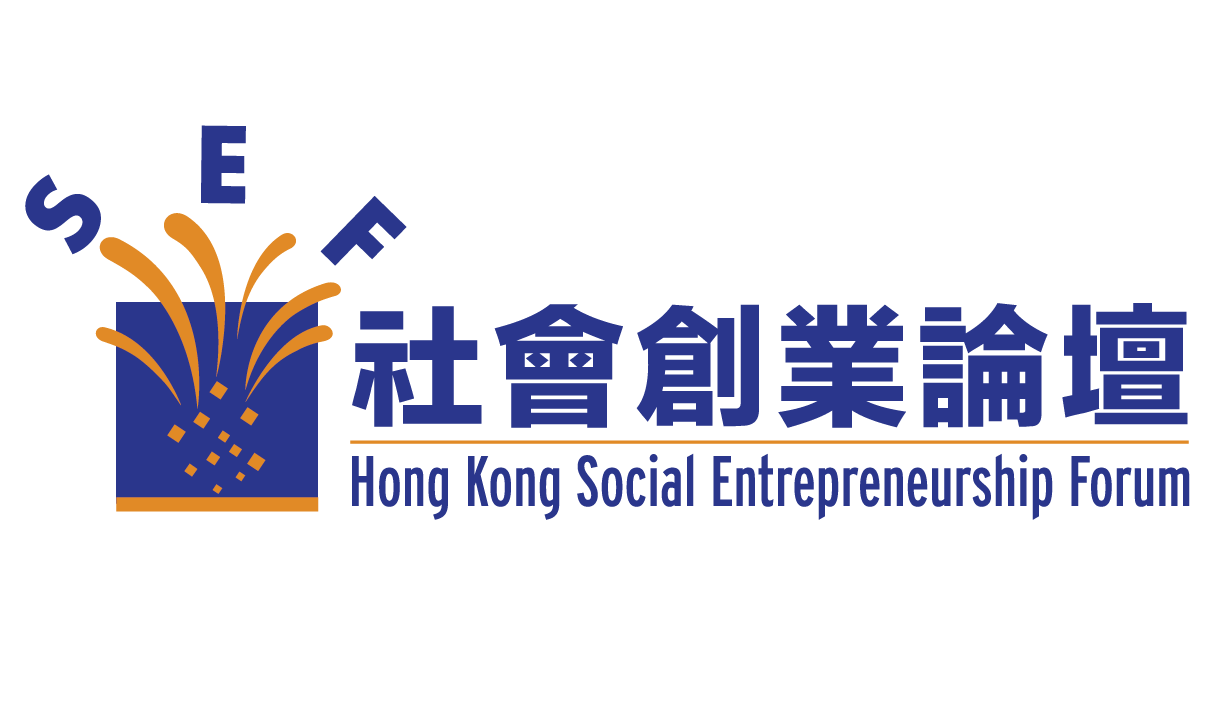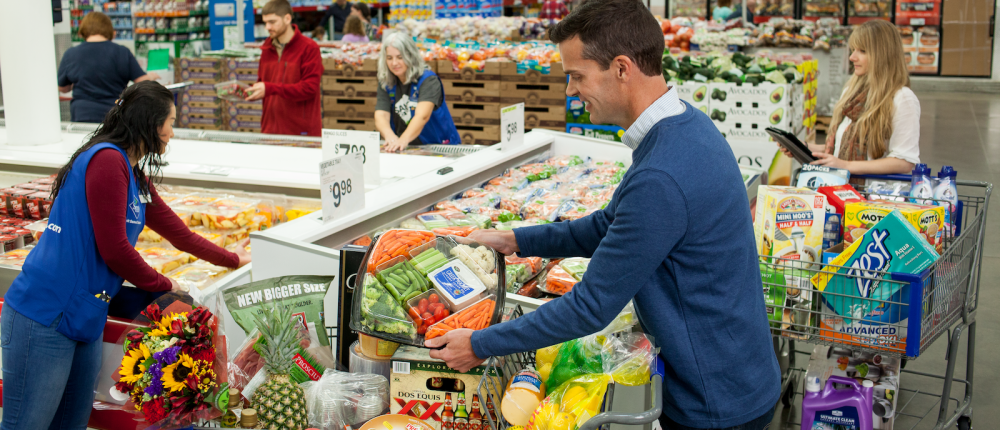Edited by Dr KK Tse
“There are three ways to change the world: change China, change California, or change Walmart.” – William McDonough, architect, designer, sustainability expert and author of From Cradle to Cradle: Remaking our Way to Make Things
Yes, China, California, or Walmart. China is world’s second largest economy and is growing fast. California is the intellectual capital of global capitalism. Walmart is the world’s largest retailer with a massive supply chain across the globe. Changes at Walmart will have major repercussions for the global economy.
But will Walmart change? Could it change? And if it does, what drives it? How sustainable could the change be?
2005 – the Pivotal Year
In that year, Walmart CEO H. Lee Scott Jr. unveiled a new plan to reduce the company’s environmental footprint. In an October 2005 speech broadcast to all 1.6 million employees in all 6,000-plus stores and shared with some 60,000 suppliers worldwide, he announced that Walmart was initiating a sweeping “business sustainability strategy.” The idea was to reduce the company’s impact on the environment through a commitment to three ambitious goals:
To be supplied 100 percent by renewable energy;
to create zero waste; and
to sell products that sustain our resources and the environment.
The announcement shocked the market and the world. Could Walmart be serious? – people asked.
As we all know, Walmart was not known to be a good corporate citizen. It has a ‘reputation’ for being narrowly focused on operational efficiency, growth, and profits. All through the years, it has ignored its impact on the environment, banned trade unions, ruthlessly crushed small businesses and local communities, squeezed their suppliers, and sourced from overseas factories with sub-standard labour practices and working conditions. For many activists, Walmart was Public Enemy No. 1.
Three Lofty Goals
Let’s look at the three goals more closely.
100% renewable energy – Walmart was saying that they want all their stores and the entire global supply chain to change their sources of energy so that one day it will use 100% renewable energy.
Create zero waste – Again Walmart was targeting at the entire global operation – not creating any waste in whatever they do, from production, packaging, distribution, transportation, sales and customer service.
Far more difficult to understand is the third goal: to sell products that sustain our resources and the environment. What they meant was that one day they would like all the products they sell in their stores will be produced by methods that will not do any harm to the environment, i.e. sustainably produced.
For example, fishery products. In the past, most of the fish (and fishery products) they sold were not secured through sustainable fishing – at least according to the standard of Marine Stewardship Council (MSC), an NGO which sets and maintains standards for sustainable fishing. If Walmart is to attain its third goal pertaining to fishery products, it means that all their products have to be accredited by such organizations as MSC.
Of course, not all products could be ‘certified’ like this, but Walmart intended to ask their suppliers to ‘prove’ to them that the products are produced in such a way that they do not cause harm to the environment in the broadest sense.
Actions Speak Louder Than Words
Despite the widespread skepticisms surrounding the announced goals, Walmart proceeded earnestly to implement them. The effort was indeed exemplary. No corporations in the world have attempted anything as gigantic as this project. To start with, Walmart launched an intensive education (or ‘brain-changing’ , as it is even far more than ‘brain-washing’ ) for its senior management staff to convince them that it is the company’s CORE business strategy of the 21st Century and not just a fad or ‘green-washing’ in any sense. This was followed by an equally extensive and intensive educational effort for all of its staff and ALL of their suppliers.
One of the greatest tools in this educational effort had been the living example of another corporation, Interface Carpet, which had begun the sustainability transformation ten years earlier and had already been showing impressive results. Interface Carpet was the world leader in the design, manufacturing and distribution of carpet tiles. In the early 1990s, a customer asked the Chairman Ray Anderson a simple question: “how environment friendly is your company?” To his own surprise, he did not have a clue. So he asked his staff to come up with an honest response. It turned out that the company was not environmental friendly at all as the basic materials for carpet production came from the petroleum industry. Each square foot of carpet it produced was a testament to its harm to the earth. Ray Anderson faced a dilemma he had not anticipated. Basically he had two choices: a) he could tell the enquiring customer that the company was not environmental friendly but they would start doing something about it, or b) he could rethink fundamentally how their carpet was designed and manufactured and find ways to completely ‘unhook’ itself from the petroleum industry (which no other carpet companies had attempted before).
Please note that although Ray Anderson was the founder and Chairman of the company, he was already 60 years old at that time, and the company had been doing very well with the ‘old’ but advanced technology. It was difficult to imagine that he would take the risk of venturing into the unknown to completely reinvent the very bases of the company. But this was precisely what he did. In 1995, he announced to his staff (but not to the public) that he wanted to achieved three goals: a) to use 100% renewable energy, b) to create absolutely no waste in the entire supply chain, and c) to produce carpets that would in no way be harmful to the environment. (Exactly the same goals that Walmart subsequently embraced).
Two successive Chairmen of the Board of Walmart had visited Interface Carpet and met with Ray Anderson, and they were convinced that such a change was desirable and achievable. As one of them was quoted to have said, “We have seen the future and it works. We don’t need any other proof.” It was the pioneering and insightful experience of Interface Carpet that had converted Walmart’s top management and they used this living case to educate their own people and the entire supply chain.
Results so Far
Readers interested in the subject are urged to go to Walmart’s website to consult the annual Sustainability Reports. Below are some highlights in the latest report.
Renewable Energy –
- Renewable energy now provides 21% of Walmart’s electricity globally
- Walmart has become the largest onsite green power generator in the U.S.
Waste –
- The goal is to create zero waste, i.e. nothing from the stores or suppliers’ factories will go to landfills. In 2012, Walmart had reduced more than 80% of store waste going to landfills.
Products –
- As of Jan 31, 2012, 76% of Walmart’s seafood suppliers had become third-party certified as sustainable fishing, using MSC or equivalent standards. Serious R & D effort had been underway to develop similar sustainability standards for other products.
Impact on China
As we know China is a major source of supply of goods for Walmart. The latter’s sustainability strategy has already been impacting on most suppliers in the country. The wind of change is blowing hard. In 2012, Walmart awarded a US$2 million grant to set up the Sustainability Consortium in China and pledged to use the Sustainability Index to evaluate all suppliers. The Sustainability Consortium was set up as an independent research organization, engaging industries, universities and other experts to form a global network of leaders improving sustainability in consumer goods. It will provide tools and resources to help suppliers become more sustainable and competitive. Walmart will use the results of the Sustainability Consortium to refine its Sustainability Index for use in China.
There is little doubt that the change in Walmart will lead to major changes in China, and hopefully its impact will spill over to other parts of the economy. If we believe that ‘Every Business a Social Business’ is social entrepreneurship’s ultimate goal, there are already signs that we are moving towards this direction.
Header Image from Walmart’s 2017 Global Responsibility Report.

